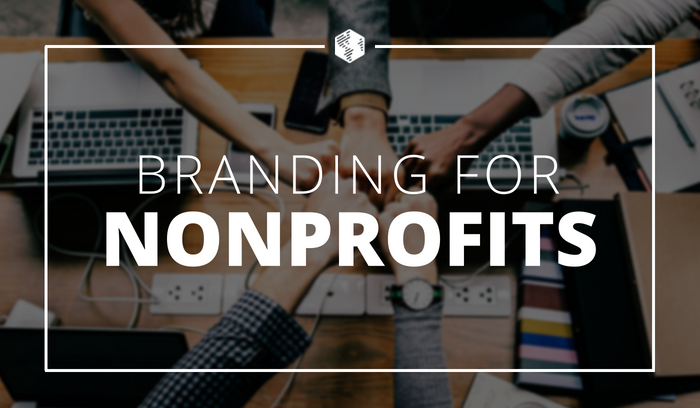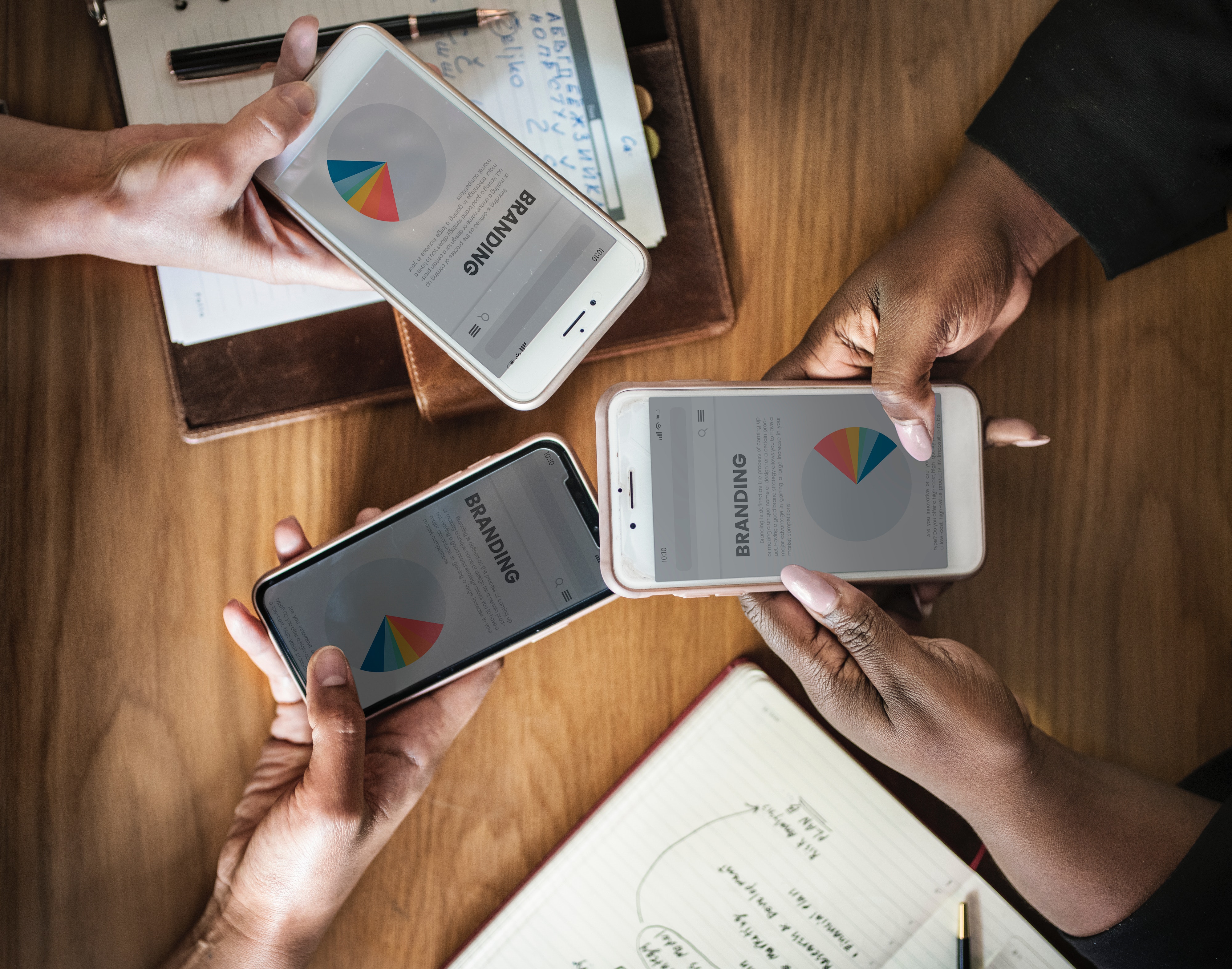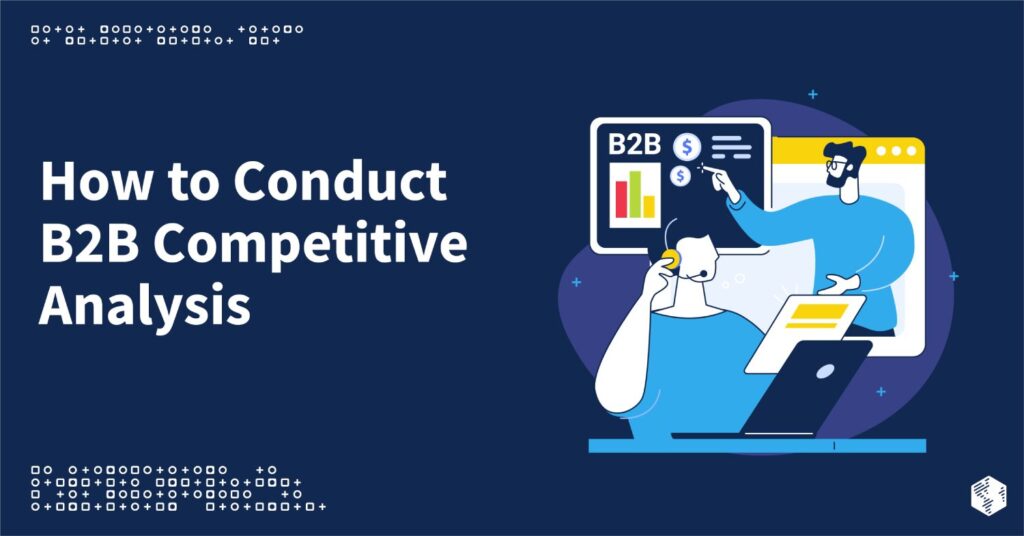Meet Jack, the 21st-century consumer who transcends all demographics.
Jack’s routine starts on the Facebook Feed, where he gets his morning cup of headlines for free. He seldom clicks through the actual articles, though; instead, Jack keeps scrolling down until he eventually shifts tabs to check his inbox.
And there it is:
A personalized discount with his name and a snazzy CTA.
Fast-forward to three clicks later, and Jack is a proud owner of a new product.
The follow-up email says, “Congratulations! You’ve been upgraded to our brand ambassador!”
Delighted with this experience, Jack clicks the share button and goes on with his day.
In the for-profit world, Jack’s buying decisions are influenced by a unique combination of a company’s name, logo, color, design, tone, and content. Taken together, these elements imprint a specific kind of message into his brain, holistically appealing to his senses and defining his perception of a brand.
Is it the same with nonprofits?
It should be.
Surprisingly or not, branding for nonprofits is a challenging practice. Compelled to deal with Jack, a typical buyer accustomed to instant gratification, it often fails to convince the audiences of the power of intangible reward. The capacity for greater good. The opportunity to make a change with one click.
So how can nonprofits get Jack to care?
The Importance of Impact
Jack responds to emotional impact.
Nevertheless, most nonprofit practitioners declare themselves as brand skeptics. The old brand paradigm has produced a deep current of reluctance for banding within the nonprofit sector, making many nonprofit leaders ambivalent about both the terminology of branding and the concept of brand.
To these leaders, branding looks too similar to a commercial pursuit of monetary gain.
The fear that branding may distract them from fulfilling their mission is also apparent, just as well as the concern that an organization’s powerful brand might overshadow its collaborators. Brands serve to sell and disrupt, and that’s not the nonprofit way. The nonprofit way is defined by a sense of pride.
But organizations like World Wildlife Fund, The Red Cross, and Cancer Research UK, all “widely recognized” as “people from all over the world know what they do and who they are,” illustrate a contradistinct mindset–that branding is not about inane gain, but about making greater social impact.
It’s not a fundraising tool, nor is it some sort of trickery that elicits unfounded respect and reputation. In the nonprofit context, branding is about strengthening organizational cohesion, clarifying goals, and translating your mission into a powerful story. Branding for nonprofits is nothing but a message intensifier.
And that’s exactly what Jacks need: to hear their message louder.
The Power of Identification
Traditionally, a brand is a “unique design, sign, symbol, words, or a combination of these, employed in creating an image that identifies a product and differentiates it from its competitors. Over time, this image becomes associated with a level of credibility, quality, and satisfaction in the consumer’s mind.”
Marty Neumeier defined it as, “who you are, what you do, and why you matter.”
It is therefore not “what you say you are, it’s what they say you are.”
In other words, if an organization doesn’t brand itself, the audiences will. Ideally, a nonprofit brand should be a synthesis of a certain mission, strategy, relationships, and impact, all tailored to represent the organization’s contribution to humanity, the promises it makes, and the reputation it receives.
Also, great marketers believe that a brand equals personality.
According to Stanley Hainsworth, the wizard behind Starbucks and Nike, a brand should possess all the attributes of a person–“what they say, what their values are, how that person acts, what it sounds like, what language it uses.” Such humanization instills trust, evokes fervor, and drives engagement.
But when it comes to boosting engagement with branding, nonprofits usually face a trickier challenge than their profitable counterparts. Their offer is not marketable; there’s no product to be delivered, only a vision of a better tomorrow. Nonprofits must elicit loyalty and trust without any evident results.
To do that, they must learn “to address, at a deeper level, what is meaningful to an organization’s audience. Because when people strongly identify with a nonprofit’s brand (rather than just mission), their reasons for supporting the organization move beyond the rational to the emotional; the brand becomes part of who they are and what they value,” says Matt Schwartz, a nonprofit brand expert.
That way, nonprofits can appeal to Jacks on a more personal level.
Brand humanization is nonprofit’s snazziest CTA.
The Influence of Integrity
We’ve seen how identification with the nonprofit brand boosts the organization’s impact, driving audiences to let go of the rational, surrender to the emotional, and commit to the social. It’s all for a greater cause, after all, as Kylander concludes in her study: “The Role of Brand in the Nonprofit Sector”
Originally published in the Stanford Social Innovation Review in 2012, this study is a result of more than a hundred interviews with nonprofit practitioners and organizations, most of them testifying to the changing mindset in this sector. Branding is no longer solely external but is created internally.
Instead of traditional branding strategies that for-profits use to attract more buyers, nonprofits are invited to explore the benefits of brand integrity, an alignment between external brand image (what they say you are) and internal brand identity (what you are), which tightens organizational cohesion.
Take the World Wildlife Fund, for instance.
Its beloved panda logo paints a picture of an organization committed to species conservation (brand image), though its actual portfolio speaks of a much broader encompassing program spanning climate change, community-based conservation, market transformation, and advocacy (or, its brand identity).
As one of the pioneers of branding for nonprofits done right, WWF uses internal branding to define its mission and clarify its vision statements. Internal story themes help the organization achieve integrity so that the panda conveys what WWF does without compromising clarity or emotional pull.
What Jack sees in this logo is a guarantee that their loyalty will pay off.
The Strategic Role of a Brand
Nonprofit goals and missions are harder to define, achieve, and measure.
The complexity of challenges that these organizations have to address makes the role of branding in this sector that much more important. A brand is a promise that builds trust – the sooner the nonprofits look beyond fundraising and color palettes, the sooner they’ll realize that a brand brings strategic control.
Here’s how:
- The brand allows everyone involved to understand the mission.
Without understanding, there’s no identification.
Jack would hardly support the mission if he couldn’t grasp what’s uniquely important about it.
- The brand motivates and inspires belief in the nonprofit mission.
To spark interest, the mission must be compelling and personally relevant.
Successful branding humanizes the goal and triggers empathy.
- The brand elicits trust and loyalty needed for funds and support.
Branding instills professionalism, integrity, and coherence.
In Jack’s eyes, be he a volunteer or a shareholder, this is a determining cue for trust and loyalty.
To build an impactful brand, nonprofits must perceive branding as an organizational strategy that drives and maintains both external image and internal identity. Only that way, their goals, ideas, and values can be fully integrated into their organization’s culture and lived by their brand ambassadors.
Because a brand is part strategy and part people.
Apart from this and visual design (we cannot dismiss the importance of UI and UX in the modern-day world, not even in the nonprofit realm), a brand is also a message, a sum of interactions and communications tools that speak of who the organization is and of how much it cares for its mission.
As Ingrid Srinath, secretary general of CIVICUS: World Alliance for Citizen Participation, nicely puts: “You are a brand whether you like it or not. You’re going to leave some impression in a person’s mind.”
With so many elements leaving an impression on today’s audiences, branding is the only way to control how the Jacks of the world perceive nonprofit organizations. It’s a strategy that binds all components, internal and external alike, and directs them towards a single goal–raising awareness.
The Nonprofit for the Future
For Jacks to become aware of what’s happening outside of their Facebook Feeds, nonprofits must become aware of the prevailing importance of brandability in the modern age. They must revise their internal politics in a way that drives social goals and strengthens their identity, cohesion, and capacity.
That is the nonprofit for the future.
An organization that, like any other, sends a personalized “thank you” note to its supporters. One that is attractive and accessible enough to engage Jack over his morning coffee.
Finally, it is a mission-driven group of visionaries that is never too proud to see that branding is not a tool for making money, but a megaphone for amplifying the voice. And, except for a clear mission statement, a coherent message, and a strategic stance, branding for nonprofits requires surprisingly little time, effort, and money. It relies on creative thinking, great design, and useful tech to do the rest.
If you’re a nonprofit looking for a few branding or digital marketing tips, contact OneIMS today.


































